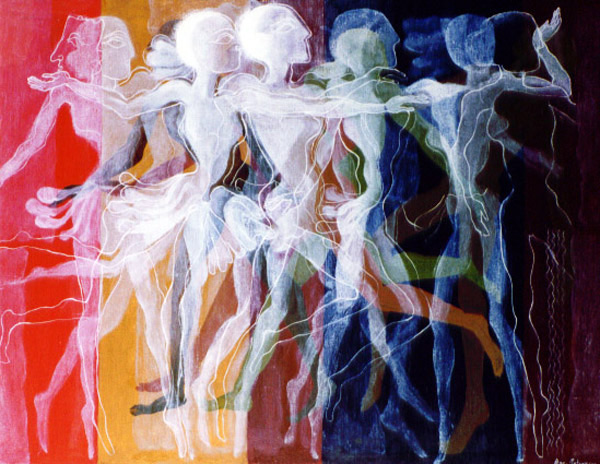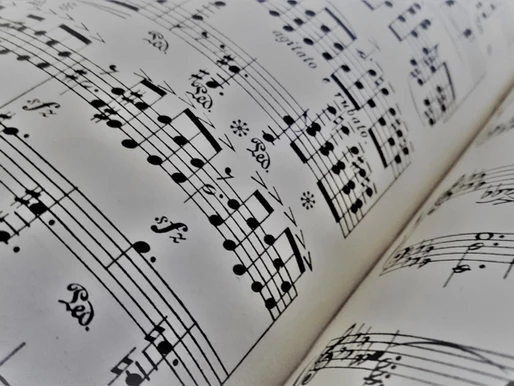Rhythm is a fundamental concept in music, poetry, and even prose writing. It refers to the pattern of beats, sounds, or syllables in a sequence that creates a sense of movement, regularity, and flow. Rhythm can greatly influence the mood and tone of a piece and can make it more engaging and memorable.
Here are some key aspects and examples of rhythm in different contexts:
1. Musical Rhythm:
In music, rhythm is the organized arrangement of sounds and silences in time. It involves elements like tempo (the speed of the beat), meter (the grouping of beats into regular patterns, such as 4/4 time), and the duration of notes and rests. For example, a song with a fast tempo and a 4/4 time signature will have a different rhythm than a slow, waltz-like piece in 3/4 time.2. Poetry Rhythm:
In poetry, rhythm is created through the arrangement of stressed and unstressed syllables in a line of verse. Different rhythmic patterns are achieved through various poetic meters, such as iambic pentameter, trochaic tetrameter, or anapestic trimeter. For instance, in iambic pentameter, each line typically consists of five pairs of unstressed and stressed syllables, creating a specific rhythmic pattern.
Example from Shakespeare's Sonnet 18: "Shall I compare thee to a summer's day?"
3. Prose Rhythm:
Even in prose writing, rhythm plays a significant role in sentence structure and flow. The length and structure of sentences, as well as the arrangement of words and punctuation, can create a rhythmic quality. For example, shorter, choppy sentences can create a sense of urgency, while longer, flowing sentences can convey a more relaxed pace.
4. Natural Rhythm:
Natural rhythm refers to the inherent cadence and flow of spoken language. In everyday speech, people naturally vary their rhythm to emphasize points, convey emotions, or maintain the listener's interest. Effective public speakers often use changes in rhythm to engage their audience.

5. Visual Arts and Dance:
Rhythm is not limited to music and language; it can also be found in visual arts and dance. In visual arts, rhythm can be created through the repetition of shapes, colors, or patterns. In dance, it refers to the pattern of movements and steps that follow a beat or tempo.
6. Emphasis and Contrast:
Rhythm can be used to emphasize certain elements or create contrast. For example, a sudden change in rhythm in a musical composition or a poem can draw attention to a particular line or moment.
7. Cultural Variations:
Different cultures and musical traditions have their own unique rhythms, which can convey specific cultural meanings and emotions. For example, African drumming often features complex polyrhythms, while traditional Irish music is known for its distinctive reels and jigs.
In summary, rhythm is a pervasive and versatile concept that influences various forms of art and communication. Whether in music, poetry, prose, or other creative endeavors, it helps create structure, mood, and resonance, making it an essential element of human expression.

